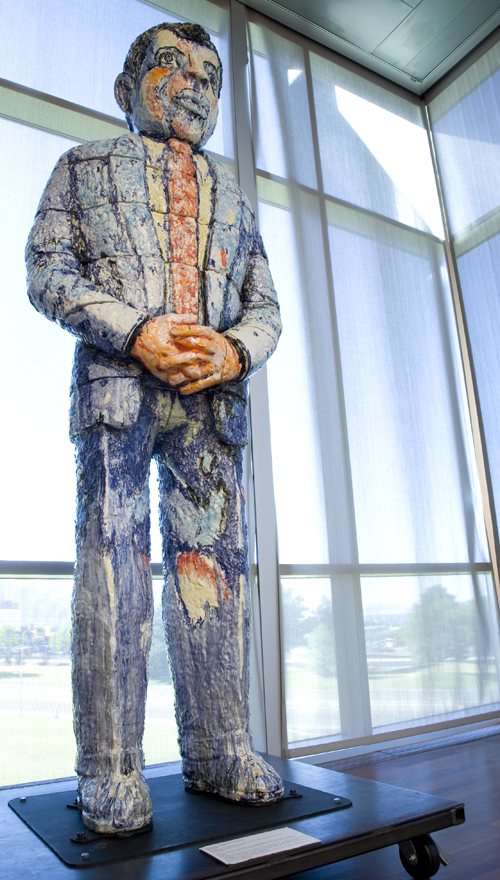Reading
and Interpretation Exercise: Musee des Beaux Arts: Auden (1939)
Pg.
36-38
Melody
Nipper
1. The
subject of the first line is The Old Masters.
2. The
Old Masters are found in the second line.
3. The
words in the sentence are not in the correct order.
4. Auden
is trying to say that life goes on, despite a catastrophic event.
5. Auden’s
argument is that people turn their head away from tragedy.
6. Auden
makes his argument by pointing to evidence in the picture.
7. Auden’s
evidence is the people who turn their heads from Icarus.
8. The
title is in French and it means the Museum of Beautiful Arts.
9. The
Old Masters include: Breughel, DaVinci, Rembrandt, and Michelangelo.
10.
This is capitalized because it is
respectful to the great artists.
11.
You could find out more by searching it on
Google.
12.
Auden develops his argument from
starting at general and moving to specific details.
13.
“Breughel’s Icarus” is a painting portraying
the myth Icarus.
14.
The thesis he is arguing is generally that
people turn away from tragedy.
15.
I agree with Auden’s argument because people
are involved in themselves and do not want to deal with disaster if it does not
exactly involve them.
16.
Auden’s result may be affected by the major
historical events and the response to those events.
17.
Auden’s views were affected by the
Concentration Camps and the way that the other countries reacted to them.
18.
Auden said that the Old Masters were never
wrong because the Old Masters especially Rembrandt suffered.
19.
The Old Masters are held to such esteem
because they are able to connect with pain and suffering and reflect that
suffering in their art work.
20.
This is the case because they can sympathize
and empathize with them.
21.
Auden’s presence in a museum does affect his
views about what he sees because it is the Old Masters and the painting are of
pain and suffering.
22.
He uses “Brueghel’s Icarus” to support his
thesis by pointing out examples within the picture. Such as, “everything turns
away quite leisurely from the disaster.”
23.
The Old Masters had similar historical
context to Auden which accounts for the way that he views the painting by not
feeling accepted himself along with the Old Masters.
24.
Different styles and looking at the art
differently allow for a different interpretation of The Old Masters.
25.
Painting can help convey a message that can be
read by the value, color, and light that is used within the painting.
26.
Using the title we would expect to see a description of an art museum.
27.
We see an explanation of a single
painting and the author’s view of the world and the people in it.
28.
What we see dominates over what we would
expect to see.
29.
The painting composition makes us see
Icarus last which outlines the story behind the painting and poem; the color
does the same by making the painting very dark where Icarus is in the water.
30.
Icarus is small and is in the ship’s shadow.
31.
He is so small to portray the central
meaning and illustrate the way human beings react to tragedy.
32.
The people in this painting are ignoring the
tragedy they are just looking away.
33.
Auden said, “How everything turns away,” is
the exact example from the painting.
34.
Auden’s interpretation is good because
based on his examples and looking at the painting they are true.
35.
Historically the painting takes place a long
time ago which portrays a way in which the culture was different.
36.
No his interpretation was wrong because in the
myth it says that the people stood there amazed rather than turned away.
37.
To find out for sure we need to read the
original source.
38.
The scene is different because in the
myth the people are standing there amazed.
39.
Ovid’s view is so much different because is so
much different because it is from another time period.
40.
I
the 1st century B.C.E. many empires were coming to life such as
Greece and Rome.
41.
This could have affected his story telling
because the Grecians were fascinated by stories and myths and would have found
this amazing.
42.
I
personally enjoyed the works the picture and poem.
43.
I feel that there is truth to both the
poem and the painting.
44.
The works predominately interests me.
45.
I
would respond by asking him a lot of question in regard to the piece of work.




















